|
Thread Number: 14672
Sturtevant central vac . HELP! |
[Down to Last] |  |
| Post# 155536 , Reply# 2 10/15/2011 at 12:07 (4,668 days old) by collector2 (Moose Jaw, Sk) | ||

Hi:
The concept of stationary cleaners in England started with the British Vacuum Cleaner Co (Hubert Cecil Booth) around 1902. If memory serves the first ones he installed were in Buckingham Pallace and Windsor Castle. In the next couple of years they were installed in The Houses of Parliament, Savoy Hotel, Empire Theatre, Leicester Square Theatre and Gaiety Theatre as well as many other buildings Doug | ||
| Post# 155803 , Reply# 5 10/17/2011 at 17:42 (4,666 days old) by goadie12 () | ||
|
Wow that's very cool is there any chance that you still have the original hose and attachments to go with it I know it's a long shot but I just thought it would be interesting to see what they came wth back in the day thanks? Zach | ||
| Post# 156266 , Reply# 7 10/21/2011 at 14:08 (4,662 days old) by luxman107 (USA ) | ||
|
love the pics, thanks for sharing..awesome looking machine..wouldn't it be great to have something like that my house.. | ||
Post# 156290 , Reply# 8 10/21/2011 at 16:45 (4,662 days old) by RainbowD4C  (Saint Joseph, Michigan ) (Saint Joseph, Michigan ) |
||
 | ||
Post# 156300 , Reply# 10 10/21/2011 at 18:08 (4,662 days old) by centralvacs1928  (Chicagoland) (Chicagoland) |
||
|
Sturtevant Inlet I saved this picture off of a website several years ago...unfortunately I don't remember where it's from. This inlet is set flush with the baseboard, and "Sturtevant Vacuum Cleaner" stamped into the metal. I would guess it's earlier, rather than later. 
| ||
Post# 156301 , Reply# 11 10/21/2011 at 18:13 (4,662 days old) by RainbowD4C  (Saint Joseph, Michigan ) (Saint Joseph, Michigan ) |
||
 | ||
| Post# 156315 , Reply# 12 10/21/2011 at 22:13 (4,662 days old) by vacuumfreak (Ontario, Canada) | ||
|
I just had a question... What is that steering wheel looking thing above the far right part of the unit? | ||
| Post# 156704 , Reply# 13 10/24/2011 at 04:30 (4,659 days old) by fletch () | ||
|
switch unit dear all . if you can get to see my photo album , you will find several more views of the machine , including the switch unit . david. 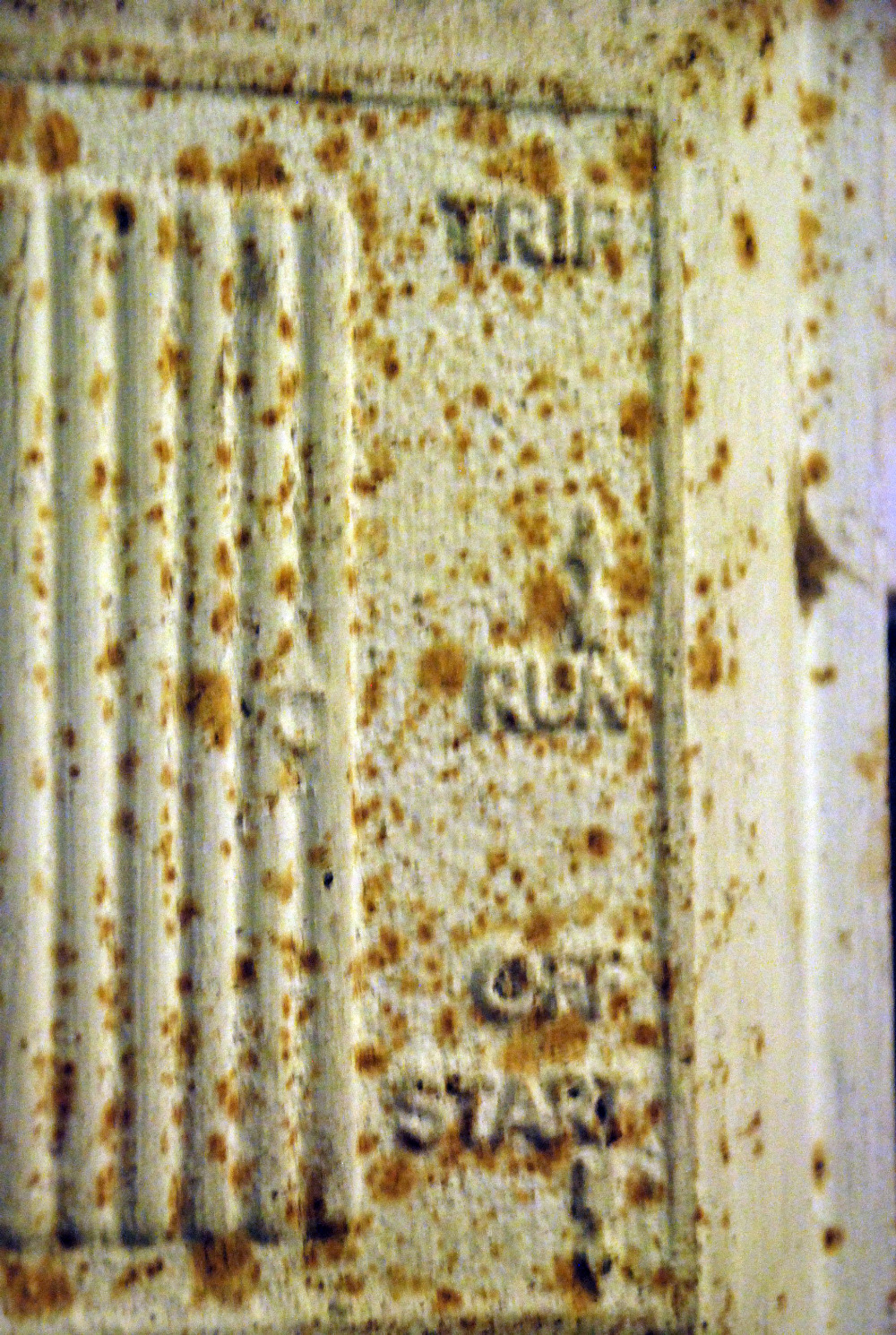
| ||
| Post# 156738 , Reply# 14 10/24/2011 at 12:42 (4,659 days old) by BrianKirbyClass (Eudora Kansas) | ||

Seems like i read once where many Central Vac inlets of this period required a special key to be opened and locked closed. This key would have been used by the maid, butler, or whoever was doing the vacuuming, and would have probablly been kept on the maids cart, with the hose and vacuum attachments.
Ive also seen pics of the actual hose and attachments for these older models, and they look VERY heavy and cumbersome. Ive also heard that as large as these central units were, when they were turned on, the entire building would Rumble!, and were so powerful that several inlets could be opened and used at the same time. | ||
| Post# 156748 , Reply# 15 10/24/2011 at 14:38 (4,659 days old) by vacuumfreak (Ontario, Canada) | ||
|
Here's another picture posted by Andy a few years ago. These are some of the tools that would have come with it: 
| ||
| Post# 157998 , Reply# 16 11/4/2011 at 11:42 (4,648 days old) by fletch () | ||
|
Sturtevant central Turbo vac Here is a bit more information and some more views . To give you some idea of size , the red bricks in the wall behind the machinery , are 9 inches x 3 inches . The pipe going through the wall leads under the stalls ,(ground floor ). 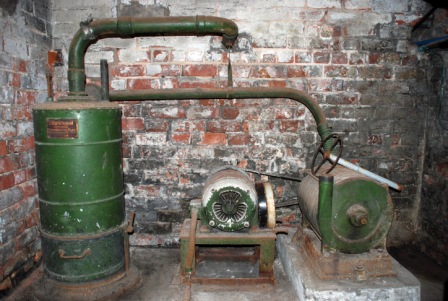
| ||
| Post# 157999 , Reply# 17 11/4/2011 at 11:45 (4,648 days old) by fletch () | ||
|
the name plate The way the name is written , shows that it dates before 1919 . 
| ||
| Post# 158000 , Reply# 18 11/4/2011 at 11:47 (4,648 days old) by fletch () | ||
|
the motor A close up of the motor 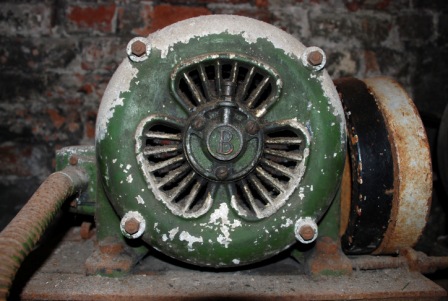
| ||
| Post# 158001 , Reply# 19 11/4/2011 at 11:54 (4,648 days old) by fletch () | ||
|
Wall socket this unpainted wall socket , is the same colouring as the photo posted by centralvacs 1928 . they all have the Sturtevant name stamped into them as well . 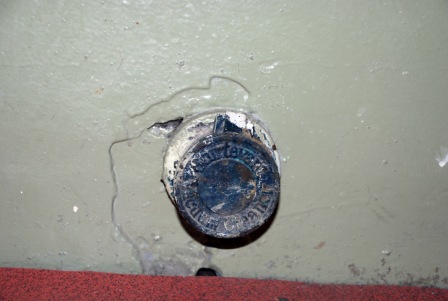
| ||
| Post# 158003 , Reply# 20 11/4/2011 at 12:03 (4,648 days old) by fletch () | ||
|
internal pipework This pipe comes up through the stalls floor , the inlet is on the end of the spur to the left , at ground level .The pipe then goes straight up the wall and through the ceiling above to the dress circle . 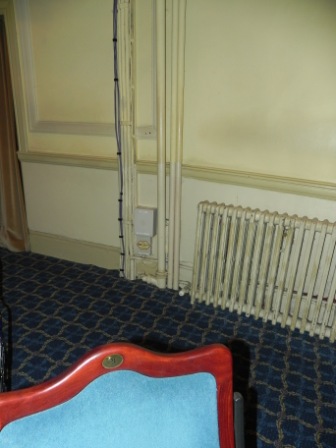
| ||
| Post# 158004 , Reply# 21 11/4/2011 at 12:06 (4,648 days old) by fletch () | ||
|
pipework The pipe going up , and me on the floor. 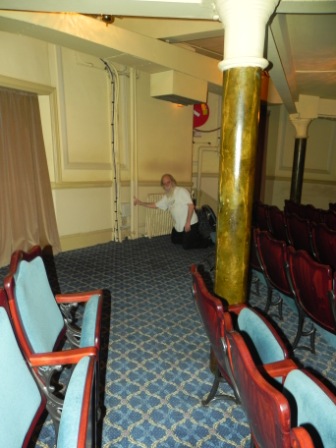
| ||
| Post# 158005 , Reply# 22 11/4/2011 at 12:09 (4,648 days old) by fletch () | ||
|
dress circle the pipe comes up through the dress circle floor ,again the inlet is on thr end of the spur , then it dissapears up through the ceiling . 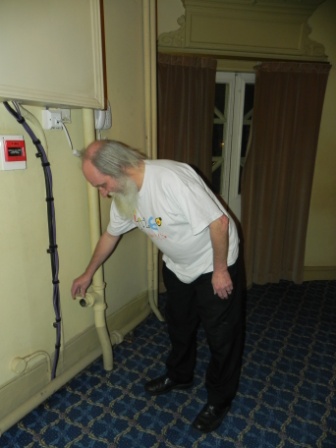
| ||
| Post# 158011 , Reply# 26 11/4/2011 at 14:10 (4,648 days old) by vacuumfreak (Ontario, Canada) | ||
|
Does anyone have any pictures of the Spencer unit at the Fox Theatre?! Daniel | ||
| Post# 158013 , Reply# 27 11/4/2011 at 14:31 (4,648 days old) by CODYF () | ||
|
Have you tried to turn it on? | ||
| Post# 158063 , Reply# 28 11/4/2011 at 23:21 (4,648 days old) by collector2 (Moose Jaw, Sk) | ||
 | ||
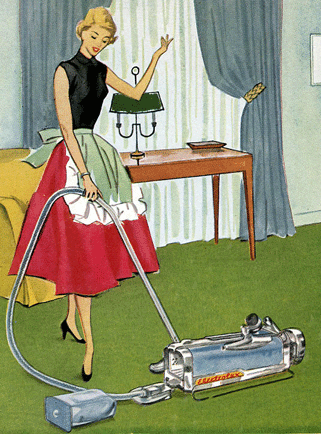
 Comes to the Rescue!
Comes to the Rescue!